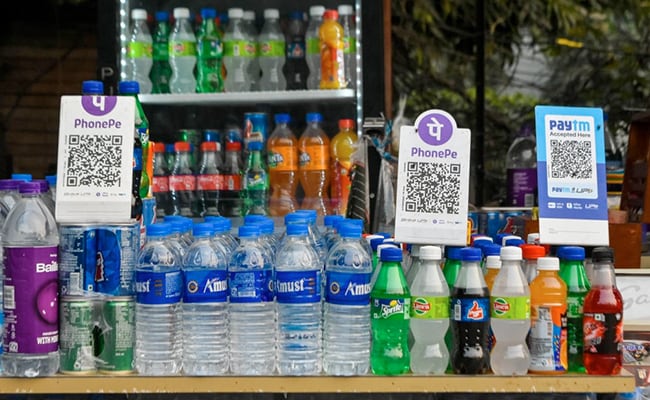Image for representation only
The story so far: On July 5, apex banking regulator Reserve Bank of India (RBI) floated a draft circular seeking comments from stakeholders about mandating that card issuers provide their customers with the choice of multiple card networks. It also proposes to restrain issuers from entering into exclusive agreements with card networks. Feedback on the proposal, which would apply to credit, debit and prepaid cards, can be sent to the regulator by August 4.
What exactly has the RBI proposed and why?
The most important of the proposals entail that card issuers, or the concerned bank of the customer, provide them with the option to choose among the multiple card networks available. This would be either at the time of issue or at any other subsequent time.
At present, the customer when applying for a credit or debit card cannot opt for a network of their choice. They cannot choose from among the authorised networks, such as American Express, Diners Club International, Mastercard, RuPay or Visa. Instead, the customer would have to accept the network the bank may have a tie-up or an affiliation with — precisely what the RBI proposes to address. The regulator observed that the arrangements existing between card networks and card issuers (banks and non-banks) “are not conducive to the availability of choice for customers”.
The regulator has also proposed that cards be issued across more than one network, with issuers not enteringinto any arrangement or agreement with card networks that would restrict customers from availing the services of other card networks.
How would this be implemented?
RBI has proposed that the proposals be effective from October 1 this year. This would be extended to existing customers at the time of amendment or renewal. Fresh agreements would by default draw the provisions from the date the circular is enforced.
How important are cards in our ecosystem?
As per the latest RBI data, the number of outstanding credit cards grew approximately 1.43% on a month-on-month basis to 87 million credit cards in May. The number of debit cards on the other hand stood at 974 million – a 0.7% increase compared to the prior month.
The primary reasons for increased card payments have been increased awareness alongside the availability of adequate infrastructure – both for face-to-face and online. For perspective, in the month of May, there was an 11% increase in the number of transactions done using credit cards at e-commerce platforms and 10.8% in terms of volume.
In fact, Shailendra Singh, Chief Executive Officer (CEO) at Bank of Baroda, in credit services aggregator BankBazaar’s India Credit Card Report, said “E-commerce spends will far outpace the growth in physical spends, and the plastic card as a form factor will soon start morphing into a ‘virtual card’ accessible through mobile application on customers’ phones.”
He added that emergence of UPI would be another crucial factor by offering consumers a medium for both physical and digital transactions. “This innovation is not only encouraging the usage of cards at smaller establishments, but also enabling individuals to manage their cash flow without straining their finances,” he stated.
Further, with respect to rise for both credit and debit cards payments, business advisory services provider PricewaterhouseCoopers also stated in its India Payments Handbook2022-27 that , “some of the elements driving this rise include the introduction of new companies with a focus on digital experiences and a rising customer base in tier 3 and tier 4 cities. With features like tokenisation and EMI it has become safer and more convenient to use for transactions.”
The availability of choice is expected to further boost the overall ecosystem.
What are some potential advantages?
Each payment network offers a certain bouquet of offers and advantages. The ability to choose thus would help consumers opt for something that suits their needs. Additionally, they could port to some other provider as and when the requirement changes, thus enabling more control.
This would, in turn, also help market dynamics by increasing competitiveness and associating closer with the end consumer.
Furthermore, according to Adhil Shetty, CEO at BankBazaar, the development should be seen in conjunction with the integration of RuPay payments with UPI. “We believe that a large set of customers are interested in using their credit cards through UPI, including those who already have credit cards and desire UPI interoperability,” he says. “RuPay and UPI are going international, albeit at a slower pace. So RuPay customers looking to upgrade their cards for international travel may also be able to migrate their card to Visa or Mastercard especially if they are travelling to destinations where RuPay is yet to be widely accepted,” he points out.
Mr Shetty believes that since most banks already have tie-ups with all three credit card networks, therefore, “It should not be much of a problem in allowing customers to select their preferred card network at the time of issue.”
Once the operational details are made clear by the banks, there would emerge a much clearer picture of how customers can change their card network provider for existing cards, Mr Shetty adds.









